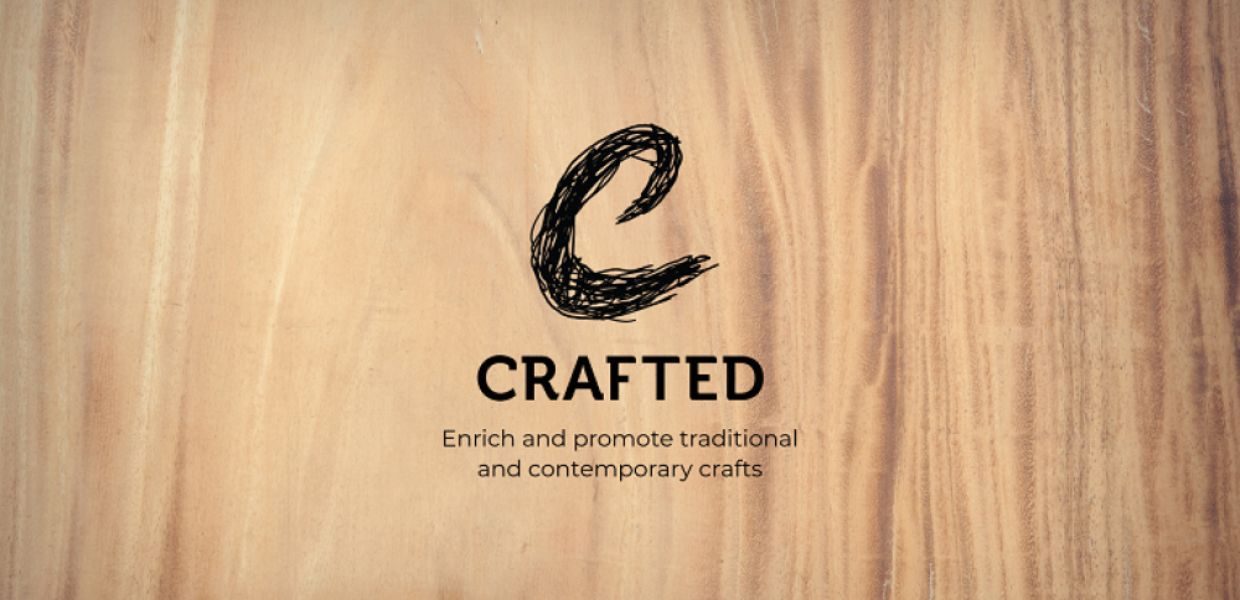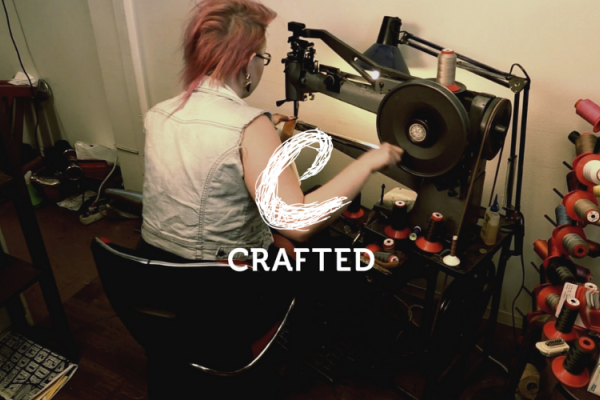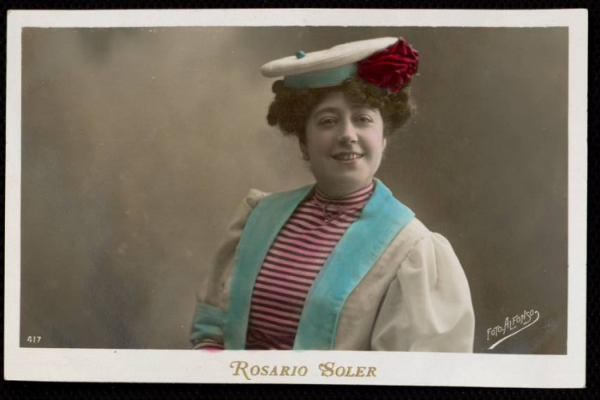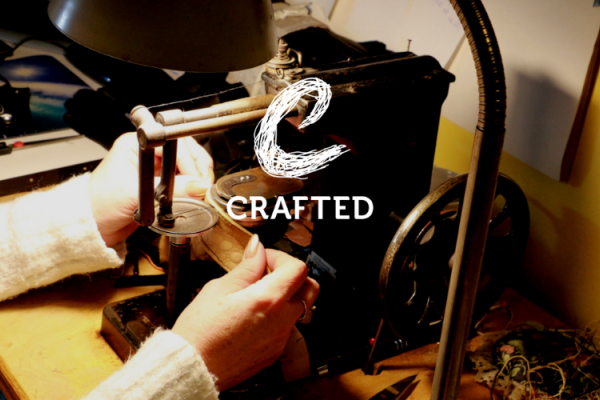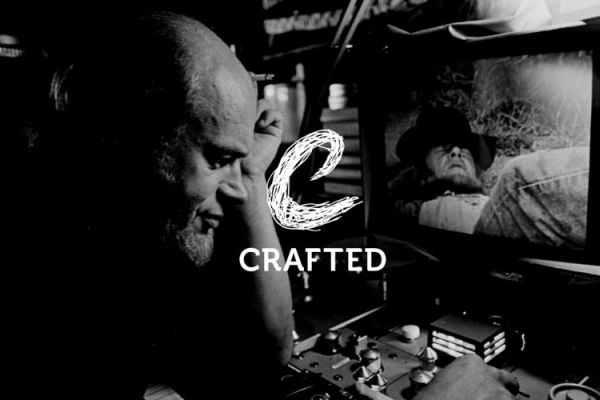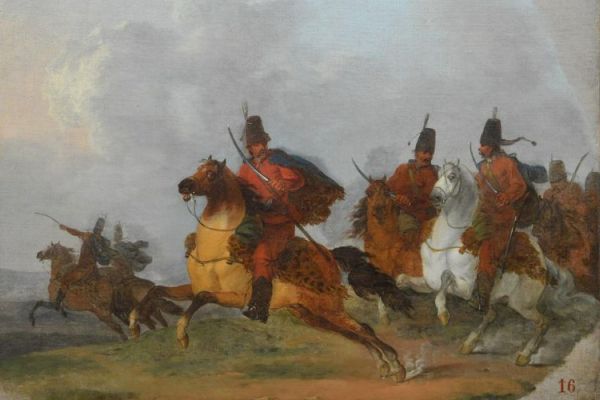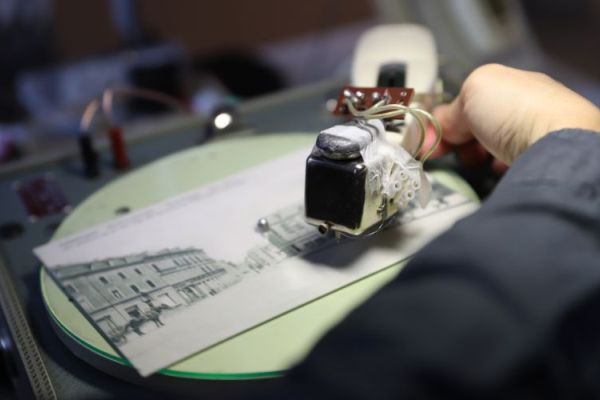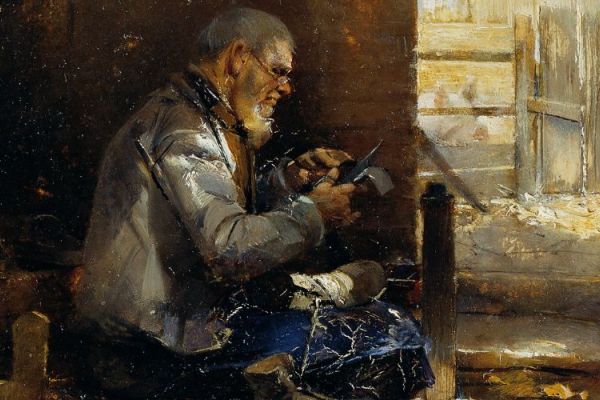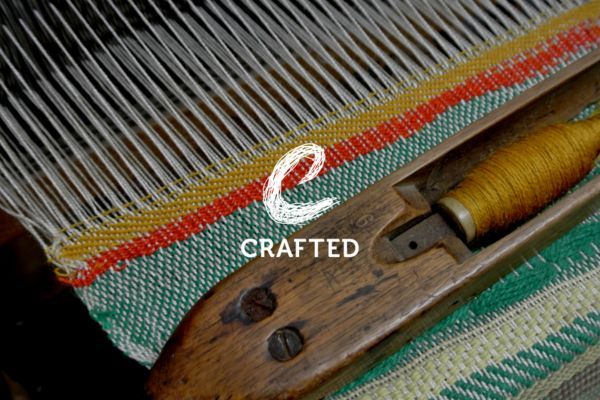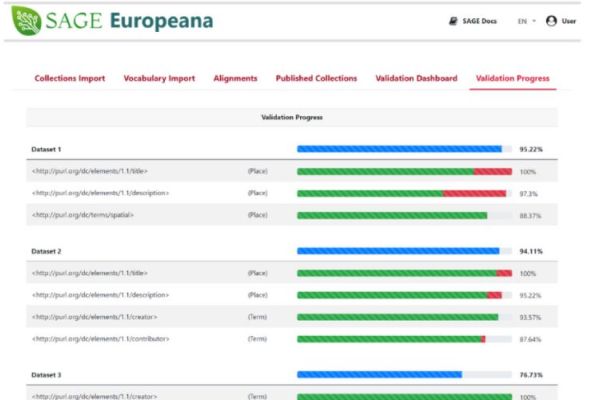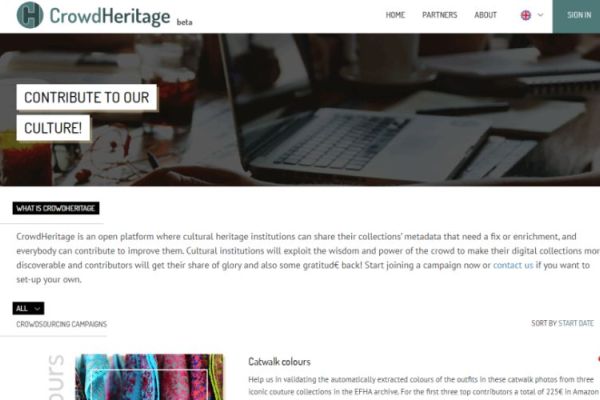Crafts are the living creative expressions of our traditions and are strongly intertwined in the fabrics and cultural objects of our communities. The richness of European crafts is reflected in tangible and intangible heritage - hand-made objects, such as jewellery, textiles and garments, and the traditions and techniques inherited from our ancestors to create those objects. It is this heritage that CRAFTED aimed to address.
Infrastructure innovations
CRAFTED developed and deployed an innovative human-in-the-loop methodology (requiring human interaction) that repurposes and extends state-of-the-art digital tools, including AI tools, for image, audio and semantic analysis. This led to the creation or further development of a number of tools, including:
Image and video analysis tools: these tools were originally developed by Datable as part of the VR4CH project. For CRAFTED, they were enhanced to improve the analysis and enrichment of cultural heritage content in the form of images, videos, and audio. The tools include an object detection tool, a text detection tool, and a speech-to-text (StT) workflow.
SAGE: this tool was first created under the Europeana XX - Century of Change project and it has been enhanced through various Generic Services projects across the years. SAGE is a web-based tool that can be used to generate, enrich, publish and search RDF (Resource Description Framework) data. It accomplishes this by utilising the D2RML mapping language to integrate data from diverse sources and formats. SAGEoffers enrichments through annotators, allows for manual validation, and facilitates the final publication of data into an RDF store with indexing capabilities.
The MINT aggregation platform: this platform is used by data providers and aggregators for mapping their data according to the Europeana Data Model (EDM) and managing data records for publication on Europeana.
CrowdHeritage: initially developed as part of the CrowdHeritage project. This tool supports cultural heritage institutions in creating custom-made crowdsourcing campaigns to share, enrich and improve their collection’s metadata.
Improved data quality
CRAFTED aimed to enable the preservation of both material and immaterial aspects of craftsmanship and ensure a comprehensive understanding and appreciation of the communities and cultures to which it belongs. For this, the project aggregated more than 208,233 new high-quality records that showcase tangible objects produced or used by artisans and document their immaterial contexts, such as techniques and knowledge. Additionally, it upgraded over 28,143 records already existing in Europeana.eu of which 6,216 were updated to an open licence.
User experience and reuse
Throughout the project, partners promoted crafts heritage on Europeana.eu through a variety of content formats. They created three digital exhibitions, themed around Fashion and Textiles, Traditional Crafts, and Analog Media Production. The exhibitions included Nature Crafting Fashion,Life in Motion and Humans of Crafts. Additionally, 23 blogs and 10 galleries were created covering diverse topics such as women's clothing, camera lens production, and fabric compositions. Eight curated collection pages highlighted key aspects of craft heritage, while five events, including three edit-a-thons and two pattern-a-thons, aimed to enhance craft heritage representation across 104 Wikipedia pages.
Capacity building
CRAFTED conducted three hands-on workshops to enhance the technical skills and competence of cultural heritage professionals. These workshops, including a SAGE validation workshop, a SAGE tutorial at the Europeana Aggregators’ Forum, and a CrowdHeritage validation tutorial, catered to different audiences and showcased the project's enhanced tools. To conclude the workshops, a conference organised by MCA with support from the Europeana Foundation took place in Paris in June 2023, providing a unique opportunity to engage with a diverse audience interested in digital craft and artisan heritage.
Throughout the project, partners collaborated with education professionals to integrate crafts heritage into higher education, including subjects like craft history, contemporary art, and media history integrating an educational dimension into the aforementioned Edit-a-thons and Pattern-a-thons.
Finally, a dedicated manual was crafted for educators, showcasing crafts-related resources and their application in lectures and assignments. It focuses on delivering educational resources to Higher Art school professors, offering six materials with activity descriptions for student engagement.
This project was a Europeana Generic Services project, and it is co-financed by the Connecting Europe Facility of the European Union.
